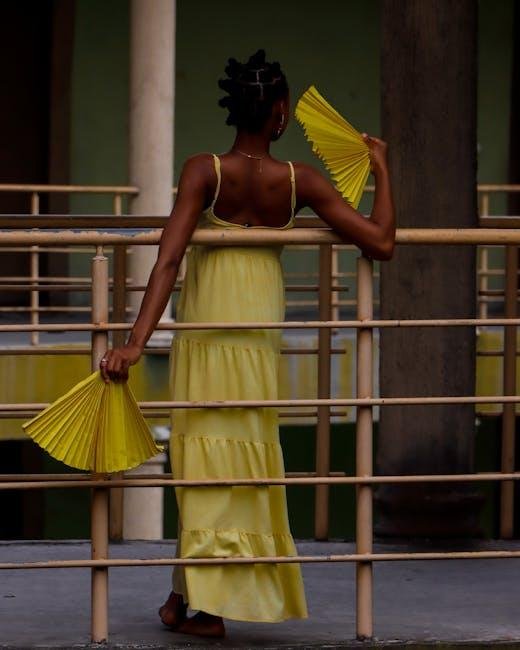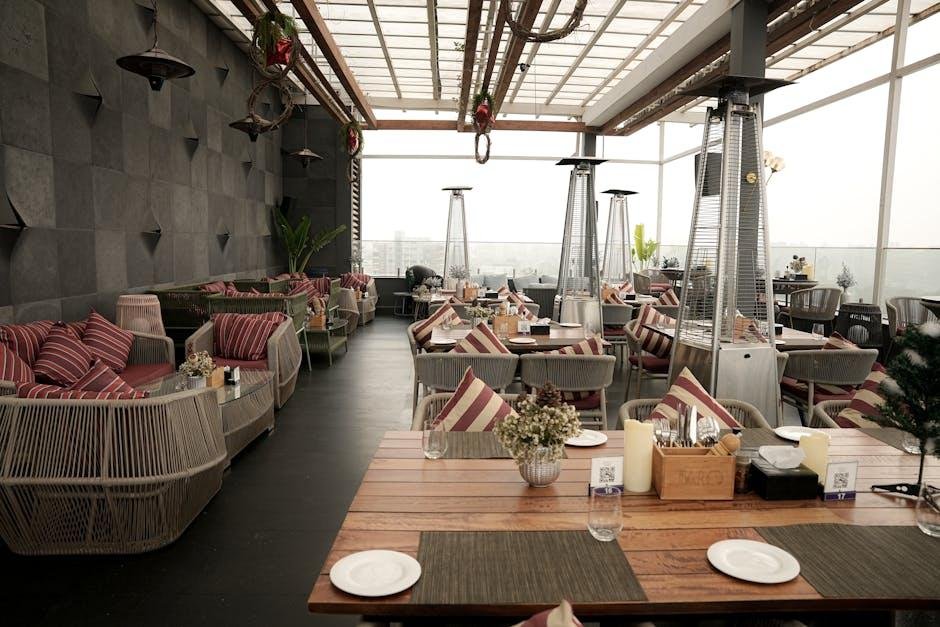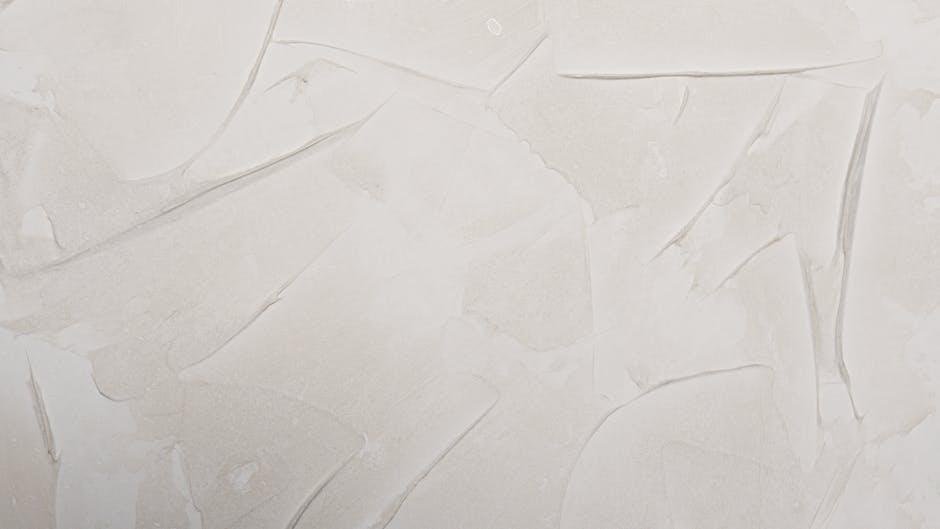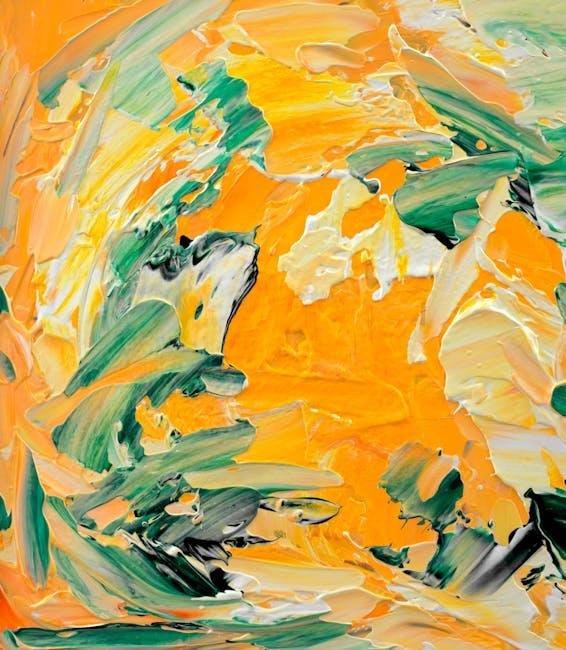Creating Flow Between Classic-Style Rooms: A Harmonious Journey Through Timeless Design
In teh world of interior design, the term “classic” evokes a sense of enduring elegance and sophistication, where history and artistry merge seamlessly. Classic-style rooms, with their rich textures, intricate moldings, and tasteful furnishings, offer a refined aesthetic that stands the test of time. However, the real challenge often lies in orchestrating a cohesive flow between these various spaces. How do we maintain the distinct charm of each room while ensuring they harmonize with one another? In this article, we’ll explore the art of creating flow between classic-style rooms, delving into design principles, color palettes, and the thoughtful curation of decor that binds these environments together—transforming individual sanctuaries into a beautifully unified residence. Join us on this journey as we unlock the secrets to achieving a seamless transition through the warmth of timeless design.
Embracing Contrast: Blending Classic Elegance with Modern Elements
Combining traditional and contemporary design elements can create a dynamic flow between rooms that celebrates both the past and the present. Start by selecting a few key classic pieces—think ornate chandeliers,rich wooden furniture,or vintage-inspired textiles. Pair these with modern accessories, such as sleek furniture or minimalist art, to provide an engaging contrast. This juxtaposition can evoke a unique aesthetic and enhance the overall ambiance of your space. Here are some ideas for blending styles effectively:
- Color Palette: Choose a neutral base with pops of color that reflect both eras.
- Textures: Mix luxurious fabrics like velvet or silk with contemporary materials like metal or glass.
- Artwork: Use a classic frame for modern art pieces to bridge the stylistic gap.
A harmonious blend also lies in thoughtful placement and choice of decor.Consider a table that features both a classic marble top and sleek, angular legs to create a striking centerpiece that captures attention. When showcasing classic heirlooms,use modern display stands or shelves to elevate them and add unexpected flair. Below is an example of how contrasting styles can be visually interpreted:
| Classic Element | Modern Element |
|---|---|
| Antique Wooden Armchair | Contemporary Glass Coffee Table |
| Ornate Mirror | Abstract Geometric Artwork |
| Vintage Persian Rug | Industrial-Style Floor Lamp |

Color Coordination: Harmonizing Palettes for a Seamless Transition
Achieving visual harmony in classic-style rooms requires an understanding of color relationships and their impact on the overall aesthetic.To create a soothing flow, consider selecting a monochromatic palette, where you choose varying shades and tones of a single color. This approach can lead to an elegant and elegant scheme, making transitions between spaces feel seamless. Another effective strategy is employing analogous color schemes, which use colors that sit next to each other on the color wheel. For instance, pairing soft greens with muted blues can evoke a tranquil ambiance while maintaining a cohesive look throughout the rooms.
Incorporating key accent colors can also provide delightful pops of contrast without overwhelming the existing classic elements. Here are some suggestions to enhance color coordination across your rooms:
- Use Soft Neutrals: A foundation of creamy whites or soft beiges can ground your space and allow colorful accents to shine.
- Accent with Jewel Tones: Deep emeralds, sapphire blues, or rich burgundies offer a luxurious touch that complements traditional furnishings.
- Incorporate Natural Elements: Shades inspired by nature, such as muted earthy tones, can warm up a space and provide a sense of continuity.
consider using the following table to help visualize your color combinations for different rooms:
| Room | Main Color | Accent Colors |
|---|---|---|
| Living Room | Soft Beige | Dusty Blue, Gold |
| Dining Room | Muted Green | Burgundy, Cream |
| Bedroom | Warm Gray | Lavender, Deep navy |
By thoughtfully selecting and coordinating your color palette, you can ensure that each room contributes to a unified feel while still celebrating its unique character. Keep in mind that transitioning from one space to another should evoke a sense of continuity and serenity, making each encounter a pleasant journey through your home.

Furniture fusion: Selecting Pieces that Bridge Classic and Contemporary
in the quest to seamlessly integrate classic and contemporary styles, selecting furniture that embodies the best of both worlds is essential. Look for pieces that feature clean lines while incorporating classic materials, such as rich woods or sumptuous fabrics. A tufted velvet sofa can serve as a striking contrast against more traditional elements like a carved mahogany coffee table. When choosing colors, consider a neutral palette enhanced with bold accents; think deep blues and emerald greens to add depth without overpowering the elegance of classic designs.
When curating your space, it’s beneficial to focus on dialog between pieces. For instance, a classic wingback chair paired with a sleek, modern side table creates an interesting juxtaposition that invites conversation. Consider these options for a balanced aesthetic:
| Classic Piece | Contemporary Pairing |
|---|---|
| Antique Wood Armoire | Modern Glass Shelving Unit |
| Chesterfield Sofa | minimalist Coffee Table |
| Round Victorian Dining Table | Industrial-Style Chairs |
| Ornate Mirror | Abstract Wall art |
By thoughtfully curating a mix of furniture styles, you can create environments that celebrate timeless design while embracing contemporary flair.The harmonious blend enhances visual interest and promotes a sense of flow throughout your home, allowing both styles to shine.

Accessorizing with Intention: Curating Decor that ties Spaces together
To create a cohesive flow between classic-style rooms, it’s essential to select accessories that resonate with the overall theme while adding unique character to each space.One effective approach is to choose a color palette that will run through your decor choices. Consider incorporating items that feature similar tones or patterns; such as, if your living room has deep greens and soft creams, you might select decorative pillows or wall art for adjoining dining areas that bring in those hues. utilizing textures is equally important; think about how materials like velvet, wood, and metal can harmonize across different rooms, enhancing both comfort and sophistication.
Another key element in unifying your decor is the mindful inclusion of statement pieces that act as visual anchors within the spaces.This might be a beautifully crafted antique mirror in the hallway that reflects a light fixture from the living room or a vintage vase that ties in seamlessly with a painting on the opposite wall. Below is a simple table illustrating effective ways to incorporate decor that complements adjacent areas:
| Accessory Type | room A | Room B |
|---|---|---|
| Textiles | Muted floral curtains | Matching throw pillows |
| Artwork | Framed botanical prints | Similar themed canvas |
| furniture | Wooden coffee table | Matching side tables |
By strategically selecting accessories that echo each other’s themes and colors, spaces become not only visually connected but also emotionally inviting. Take the time to curate items that tell a story; whether through heirlooms, artisan pieces, or thoughtful reproductions, each selection can serve to enhance the narrative of your home, ensuring that every room walks in harmony and continues to inspire.
Future Outlook
As we conclude our exploration of creating flow between classic-style rooms, it’s clear that mastery over the interplay of color, texture, and scale is not just a design choice, but an art form. By carefully blending elements from each space while respecting their individual character, you can craft a seamless narrative that enchants and harmonizes. Remember,the goal is not to erase boundaries but to embrace the unique charm of each room,allowing them to converse rather then compete. as you embark on your design journey, let your instincts guide you; after all, the beauty of a well-curated home lies in its ability to reflect your story. With patience and creativity, you can transcend the ordinary, weaving together classic rooms into a cohesive tapestry of elegance and warmth. Happy designing!




